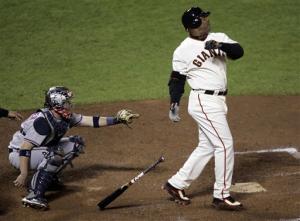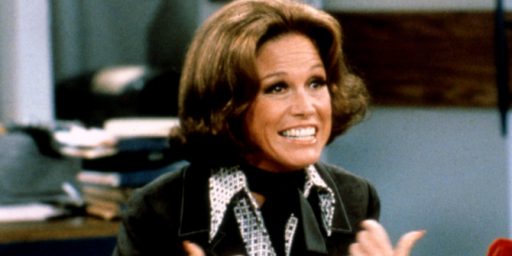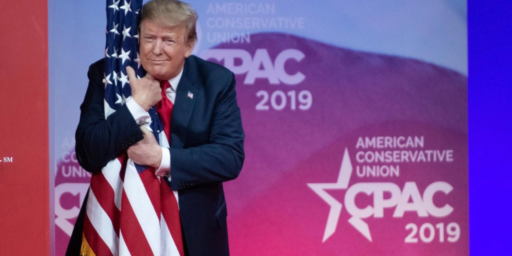Capitalizing Patriotism
Some research at the National Bureau of Economic Research suggests that even appealing to patriotism isn’t sufficient to induce people to make investments with poor rates of return.
In World War I the Secretary of the Treasury, William Gibbs McAdoo, hoped to create a broad market for government bonds, the famous Liberty Loans, by following an aggressive policy of “capitalizing patriotism.” He called on everyone from Wall Street bankers to the Boy Scouts to volunteer for the campaigns to sell the bonds. He helped recruit the nation’s best known artists to draw posters depicting the contribution to the war effort to be made by buying bonds, and he organized giant bond rallies featuring Hollywood stars such as Douglas Fairbanks, Mary Pickford, and Charlie Chaplin. These efforts, however, enjoyed little success. The yields on the Liberty bonds were kept low mainly by making the bonds tax exempt and by making sure that a large proportion of them was purchased directly or indirectly by the Federal Reserve. Patriotism proved to be a weak offset to normal market forces.





